Bike Bags Packing combines adventure and exploration, allowing you to travel far and wide on two wheels. But to truly enjoy this experience, you need the right equipment—especially when it comes to bags! The right bags can make bike bag packing possible, keeping your gear organized, secure, and easily accessible.
In this article, we’ll dive into essential bike bag packing tips focused on choosing the best bags for your journey. From sturdy frame bags to versatile handlebar packs, we’ll explore how each type can enhance your ride.
Panniers – BIKE BAGS PACKING TIPS
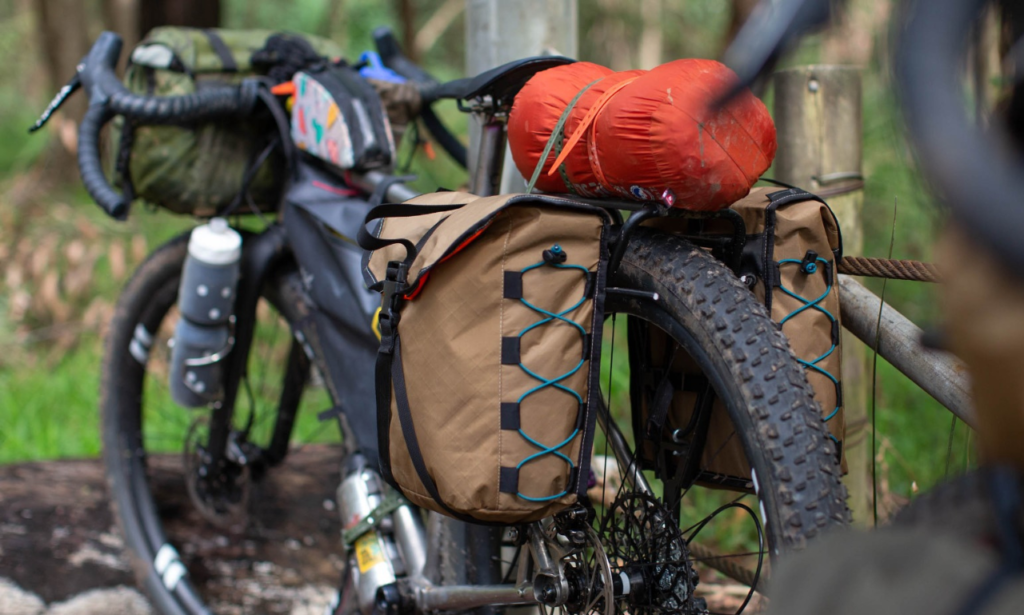
Panniers are a fantastic option because they offer a ton of storage space. They can hold everything from your clothes to cooking gear and can easily be mounted to most rear racks, making them stable and secure during your ride. With their sturdy design, panniers keep your belongings safe from bumps and drops along the way.
However, don’t overlook other bag types! Frame bags fit snugly within your bike’s frame, providing easy access to essentials without altering balance. Handlebar bags can also add extra storage while keeping larger items out of the way. Combining these options allows you to distribute weight evenly across your bike—this is key for comfort on long rides.
Handlebar Bags – BIKE BAGS PACKING TIPS
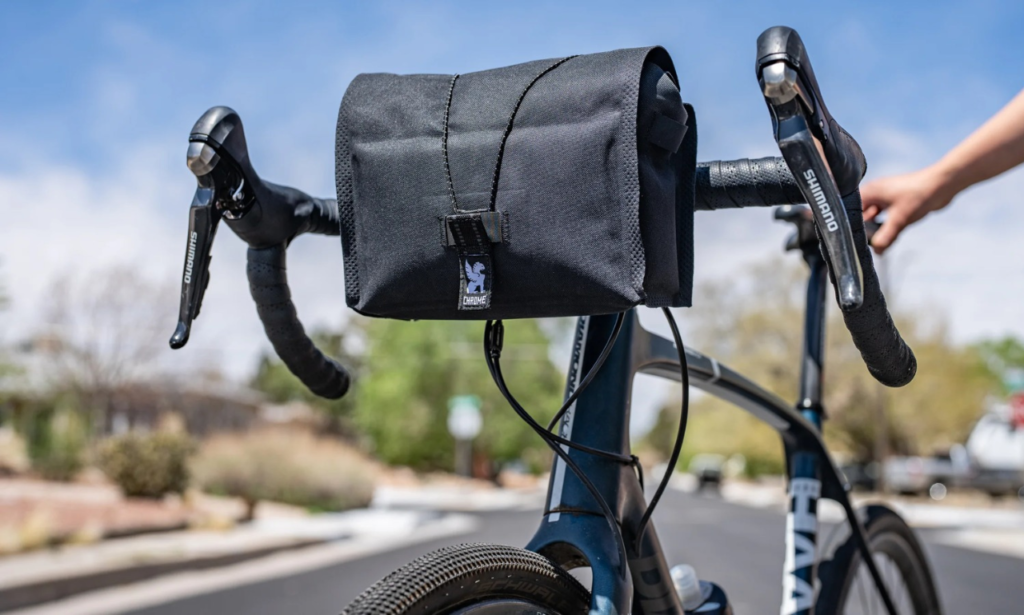
Handlebar bags are a game changer for bikepackers. They keep your essential items, like snacks and electronics, within arm’s reach. Imagine cruising along the trail and easily grabbing an energy bar or your phone without stopping. Look for bags with easy-access zippers to help you grab what you need quickly. Some models even have additional hardware to attach lights or tools, adding extra convenience.
When selecting your handlebar bag, consider size and weight distribution. A well-balanced setup helps improve steering control on bumpy paths. Opting for a lightweight option won’t weigh down your ride while still keeping everything organized. Remember, every item counts when you’re out there exploring; smart packing can make all the difference.
Frame Bags – BIKE BAGS PACKING TIPS
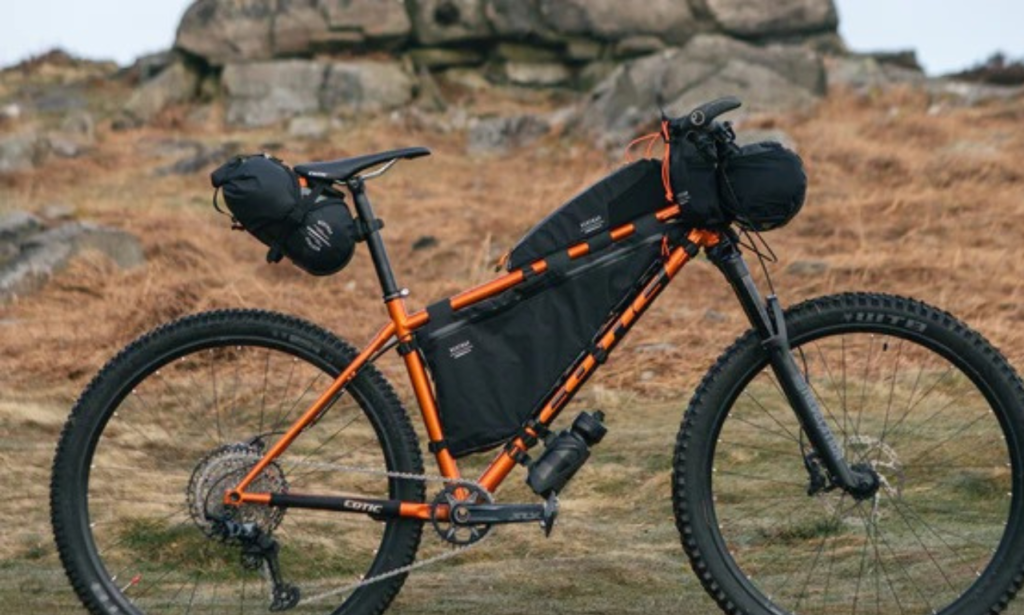
Frame bags are a game-changer because they sit at the most centered point of gravity on your bike. This means your gear won’t throw you off balance, making pedaling smoother and more controlled. It’s an ideal spot to store all my tools and smaller, heavier items like pumps or spare tubes. Keeping these essentials close adds stability as you ride over rough terrain.
Don’t forget about cargo straps! These handy accessories let you attach extra gear to your handlebars or rear rack without needing bulky bags. You can use them for sleeping pads or even lightweight tents, freeing up space in your frame bag for snacks and other necessities. Remember to check your setup periodically; shifting weight can affect how your bike handles, so ensure everything is securely fastened before hitting the trails again.
Seat Post Mounted Bags
Seat post mounted bags are a fantastic option for bikepackers looking to maximize their gear-carrying capacity. They offer significant benefits, especially for those who prefer to keep their frame and handlebars clear. These bags can securely hold essentials like clothes or tools and can be easily accessed without dismounting your bike. However, it’s essential to pay attention to the post attachment point; ensuring it’s tight prevents unwanted movement while riding.
When considering a seat post bag, be mindful of side-to-side movement that can occur during bumpy rides. A well-fitted bag will minimize this sway, keeping your load stable as you conquer rugged terrain. Some riders even find that these bags help distribute weight effectively, resulting in improved balance and control on the bike.
WEDGE
One essential piece of gear is the classic wedge design bag, which fits snugly under your saddle. This tiny but powerful bag provides a convenient storage spot for water bottles and small tools while keeping your cargo balanced and easily accessible during those long rides. Having easy access to hydration helps you stay energized on the route, making every climb a little less daunting.
Another great option is frame bags that fit inside your bike’s triangle. These bags maximize space without affecting aerodynamics and keep weight low for better handling. Plus, they often come in waterproof materials, protecting your gear from unexpected rain showers. Mix in some handlebar bags for larger items like food or extra layers; this combination creates a versatile setup that allows you to enjoy the open road with peace of mind.
TOP-LOADER
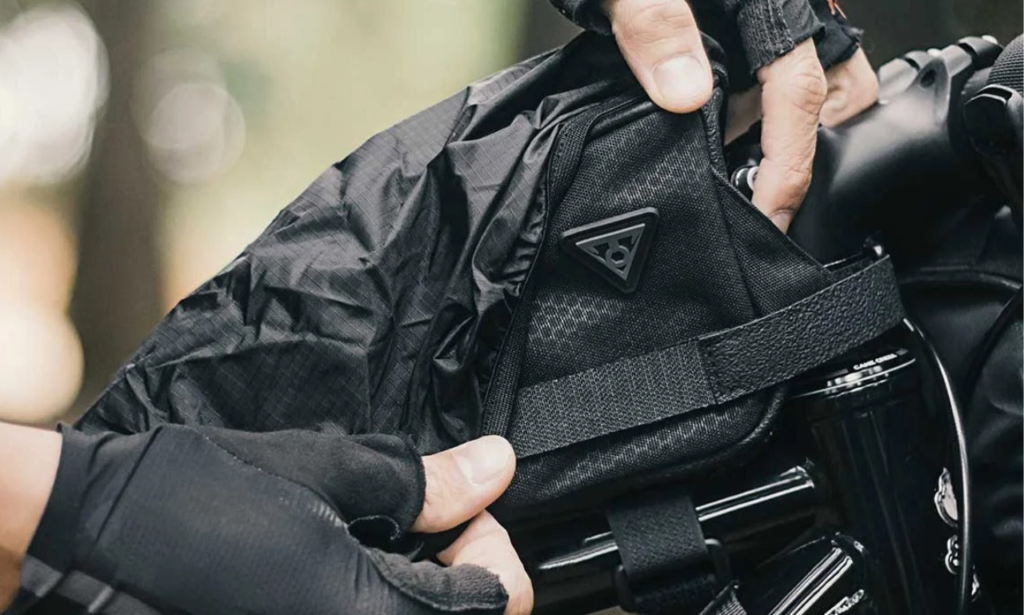
This design lets you quickly grab snacks or layers without rummaging through multiple compartments. Look for bags with **technical roll-closures** to keep water out and ensure your items stay dry in unpredictable weather.
When selecting bags, pay attention to how they attach to your bike. Bags with a sturdy setup—like those with **two strap junctions**—provide extra stability during bumpy rides. This keeps everything secure so you won’t find yourself stopping every few minutes to readjust or fix things that have shifted around.
SADDLEBAGS
Saddlebags are a favorite among many cyclists because they fit neatly on your bike and won’t interfere with your Bike ride. Look for options like the Camper Longflap, designed specifically for minimalist touring. These bags provide ample storage while keeping your load balanced and secure. The unique shape allows you to pack efficiently without sacrificing accessibility.
Another smart tip is to use smaller dry bags inside your saddlebag. This way, you can separate items like clothing and food while ensuring everything stays waterproof and organized. Plus, when it’s time to set up camp or grab a snack on the road, you can pull out just what you need without digging through everything else.
STEM BAGS
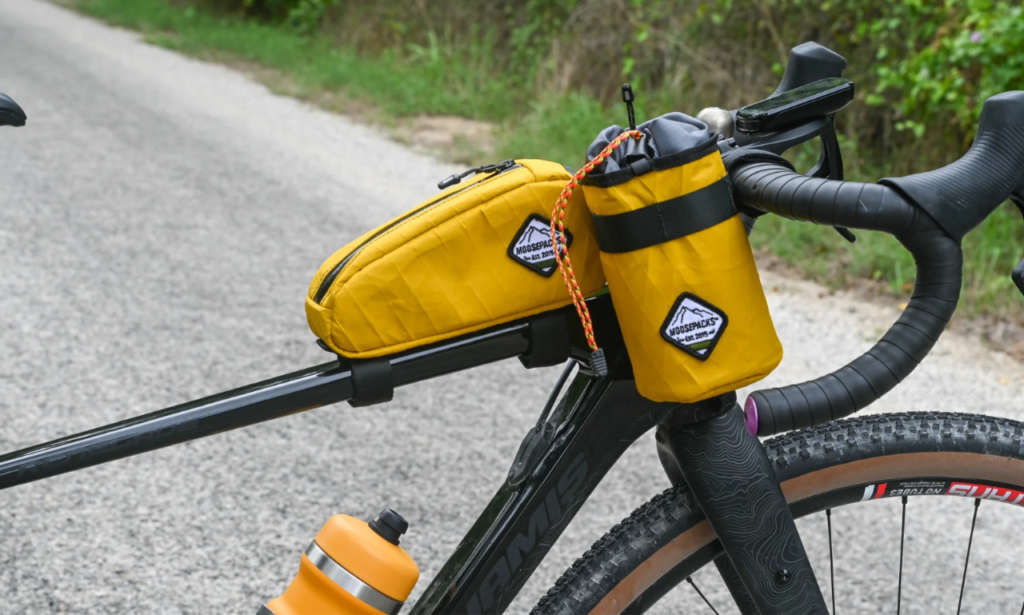
These handy additions attach to your bike’s stem and are perfect for storing snacks, tools, or even a small camera. They keep essential items within easy reach while ensuring you stay balanced on your ride.
Another important tip is to think about weight distribution. It’s best to pack heavier items low and towards the center of your bike for better stability. Consider using frame bags that fit snugly within your bike’s triangle space; they help lower the center of gravity and improve handling. Plus, with various sizes available, you can optimize all available spaces without overcrowding your setup.
Conclusion
Choosing the right bags is crucial for a successful Biking adventure. Think about your journey’s length and terrain; this will help you decide whether to go for lightweight options or more robust gear. Consider using a mix of bag types, such as frame bags, saddle bags, and handlebar packs.
FAQs
What Type Of Bag Is Best For Bikepacking?
The best bag depends on your needs, but common choices include frame bags, seat packs, and handlebar bags. Each has its purpose.
Can I Use Regular Backpacks For Bike Bag Packing?
Yes, you can use a regular backpack, but it may be less comfortable over long distances compared to specially designed Bike Bag Packing bags.
How Do I Keep My Belongings Dry While Bike Bag Packing?
Use waterproof or water-resistant bags and consider using dry sacks or plastic zip-locks to protect items inside your bags.
How Much Weight Should I Carry In My Bikepacking Bags?
Aim to keep your total load around 20-25% of your body weight for comfort and stability while riding.

